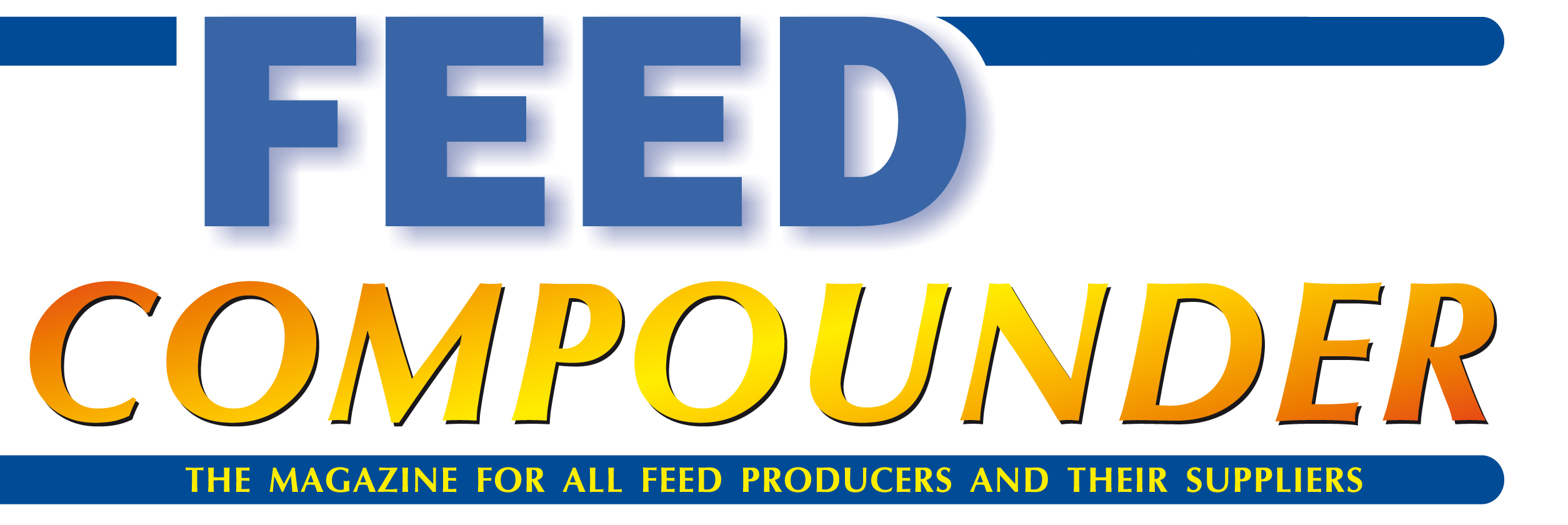ForFarmers 2022 Results
ForFarmers have released their results for the year ending 2022. The financial highlights are detailed below.
- Total Feed volume: -6.6% to 9.0 million tonnes – down in every cluster
- Of which compound feed volume: -7.8% to 6.3 million tonnes. Decline mainly in swine sector: growth in the poultry sector in Germany/Poland
- Revenue: +24.1% to €3,315 million – due to higher raw material and energy prices
- Gross profit: +13.4% to €494.8 million – less substantial increase than revenue due to high raw material prices and like-for-like volume decline
- Underlying EBITDA: -2.7% to €76.1 million – due to sharp increase in energy costs
- Underlying EBIT: -4.4% to €38.9 million
- Underlying net profit: +3.4% to €30.0 million
- Working capital: €38.8 million (2021: €37.4 million)
- ROACE (based on EBIT4: 7.8% (2021: 8.4%)
- Dividend proposal: €0.20 per ordinary share (2021: €0.29, of which €0.19 regular dividend)
Specifically discussing their UK cluster the report detailed that:
“Labour shortages, partly as a result of Brexit and exacerbated by Covid, were felt throughout the agricultural chain in 2022. For example the capacity of slaughterhouses was under pressure, so pig farmers were unable to bring their animals to slaughter on time. At the same time, interest in robotic milking increased, partly due to the labour shortage. Milk prices in the United Kingdom were also higher than the year before. Less milk was produced in 2022, particularly in the first six months. With many pig farmers having been unable to produce profitably for quite some time, a few quit the industry. In addition to relatively high production costs, poultry farmers had to deal with the presence of avian flu. High inflation saw consumers make different food choices. This ultimately benefits poultry farmers as chicken is seen as a cheap and healthy alternative to other types of meat.
In the summer of 2022 ForFarmers announced its intention to form a joint venture with 2Agriculture in order to further improve the service to poultry farmers, supplying them even more efficiently with appropriate concepts and solutions. In February 2023 we announced, together with 2Agriculture, that we had decided to abandon the proposed joint venture due to the duration and cost of the competition process.
Further notes on the results in the United Kingdom
Total Feed volume declined, with sales of co-products and residual flows decreasing relatively less than sales of compound feed. Sales to dairy farmers increased due to increased market share and improved milk prices and hence more feeding on farm. Our dairy market share improved as a result of our differentiated sales approach offering targeted solutions to dairy farmers. Volumes in the swine sector decreased in line with market conditions. In the poultry sector sales to broiler farmers grew, due to growth in our market share as our nutritional proposition was valued by farmers. Sales to layer and turkey farmers suffered due to the spread of Avian influenza and hence culling of animals. Furthermore, unprofitable contracts with several customers were not renewed.
Gross profit increased by 12.3%, including a positive currency translation effect of 0.8%. This was enough to offset higher energy and diesel prices. As a result underlying EBITDA was slightly higher than in 2021. Underlying EBIT also marginally improved. ROACE based on EBIT was stable, mainly due to the higher average capital employed due to higher raw material prices.”
For the entire report please click here
